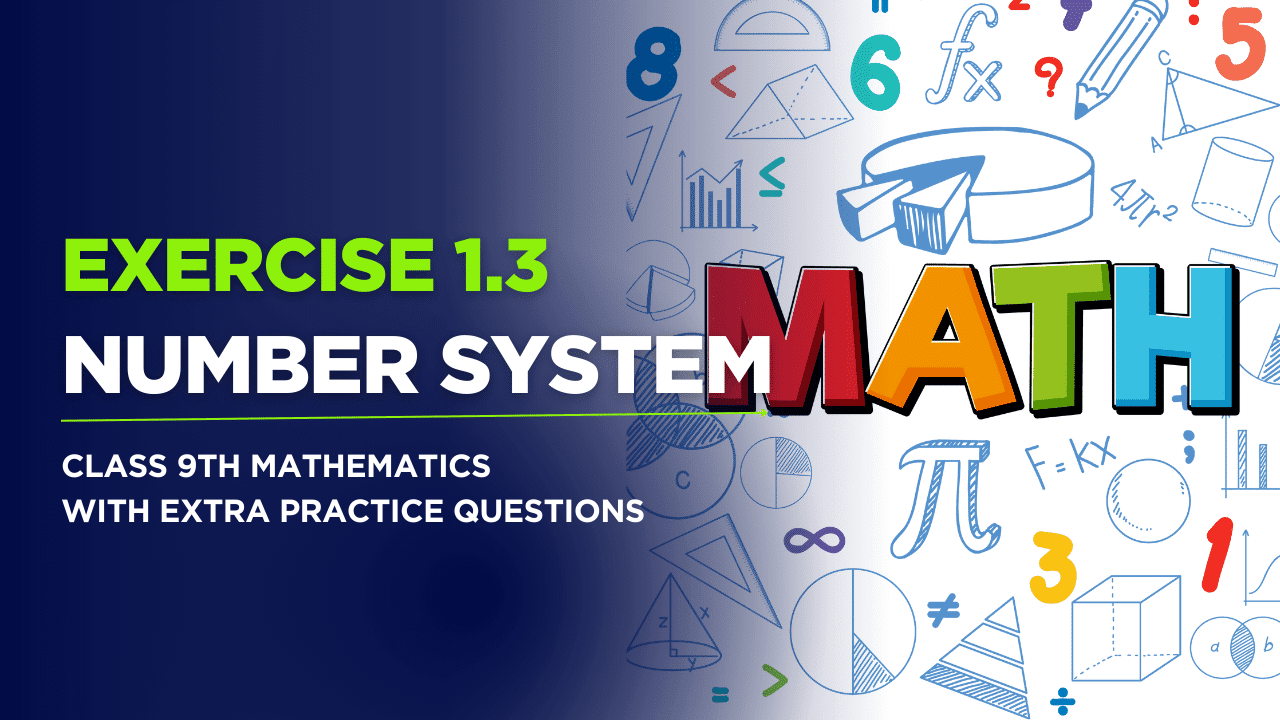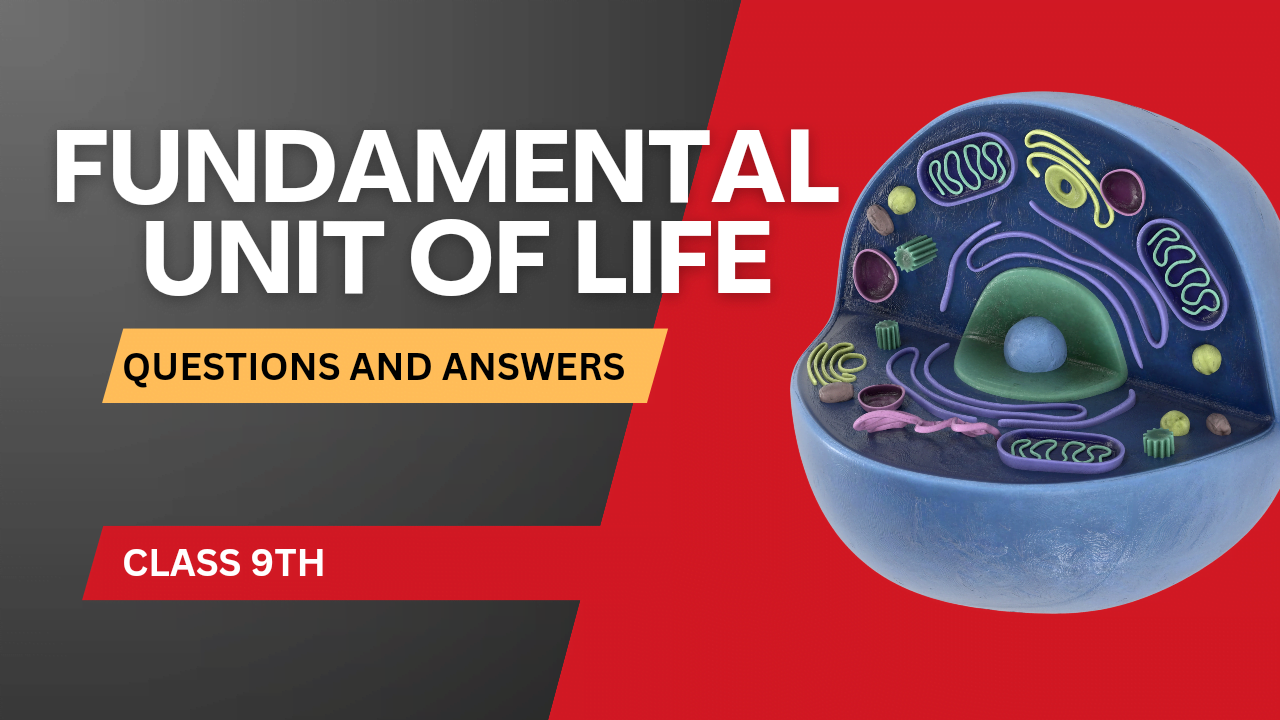Class 9 Maths Chapter 1: Number Systems
class 9th maths exercise 1.3
1. Decimal Forms and Expansion Types
(i) \(\frac{36}{100} = 0.36\) (Terminating)
(ii) \(\frac{1}{11} = 0.\overline{09}\) (Non-terminating repeating)
(iii) \(4\frac{3}{8} = 4.375\) (Terminating)
(iv) \(\frac{3}{13} = 0.\overline{230769}\) (Non-terminating repeating)
(v) \(\frac{2}{11} = 0.\overline{18}\) (Non-terminating repeating)
(vi) \(\frac{329}{400} = 0.8225\) (Terminating)
2. Predicting Decimal Expansions of 2/7 to 6/7
The cyclic pattern of \(1/7 = 0.\overline{142857}\) suggests:
\(2/7 = 0.\overline{285714}\)
\(3/7 = 0.\overline{428571}\)
\(4/7 = 0.\overline{571428}\)
\(5/7 = 0.\overline{714285}\)
\(6/7 = 0.\overline{857142}\)
Pattern: The decimal sequence rotates starting from different digits of 142857
3. Decimal to Fraction Conversion
(i) \(0.6 = \frac{6}{10} = \frac{3}{5}\)
(ii) \(0.47 = \frac{47}{100}\)
(iii) \(0.001 = \frac{1}{1000}\)
4. Expressing 0.999… as p/q
Let \(x = 0.999…\)
\(10x = 9.999…\)
Subtracting: \(9x = 9\) ⇒ \(x = 1\)
Thus, \(0.\overline{9} = 1 = \frac{1}{1}\)
Surprising result: 0.999… equals exactly 1 due to infinite repetition
5. Repeating Block in 1/17
Maximum possible digits: \(16\) (φ(17)=16)
Actual division shows 16-digit repeating block:
\(1/17 = 0.\overline{0588235294117647}\)
6. Terminating Decimal Condition
Key Property: Denominator q must have prime factors 2 and/or 5 only.
Example: \(1/8 = 0.125\) (8 = 2³), \(7/5 = 1.4\) (5 = 5¹)
7. Non-Terminating Non-Recurring Examples
1. √2 ≈ 1.414213…
2. π ≈ 3.141592…
3. e ≈ 2.718281…
8. Irrational Numbers Between 5/7 and 9/11
Convert to decimals:
5/7 ≈ 0.714285…, 9/11 ≈ 0.818181…
Three irrational numbers:
1. 0.750750075000…
2. 0.8080080008…
3. (√2 + 2)/3 ≈ 0.780…
9. Rational/Irrational Classification
(i) 23 → Rational
(ii) √225 = 15 → Rational
(iii) 0.3796 → Rational (Terminating)
(iv) 7.478478… → Rational (Repeating)
(v) 1.1010010001… → Irrational (Non-repeating pattern)
Key Concepts
- Terminating decimals have denominators with 2/5 factors
- Repeating decimals have prime factors other than 2/5
- 0.999… = 1 is fundamental limit concept
Practice Questions
1. Convert 0.1666… to fraction
Let x = 0.1666…
10x = 1.666…
100x = 16.666…
90x = 15 ⇒ x = 1/6
2. What’s the 25th digit in 1/7’s decimal expansion?
142857 repeats every 6 digits. 25 ÷ 6 = 4 remainder 1. First digit: 1
3. Is √121 rational? Justify
Yes, √121 = 11 (integer)
4. Convert 2.454545… to p/q form
Let x = 2.4545…
100x = 245.4545…
99x = 243 ⇒ x = 27/11
5. Find irrational between 0.12 and 0.13
0.12112111211112… (non-repeating pattern)




